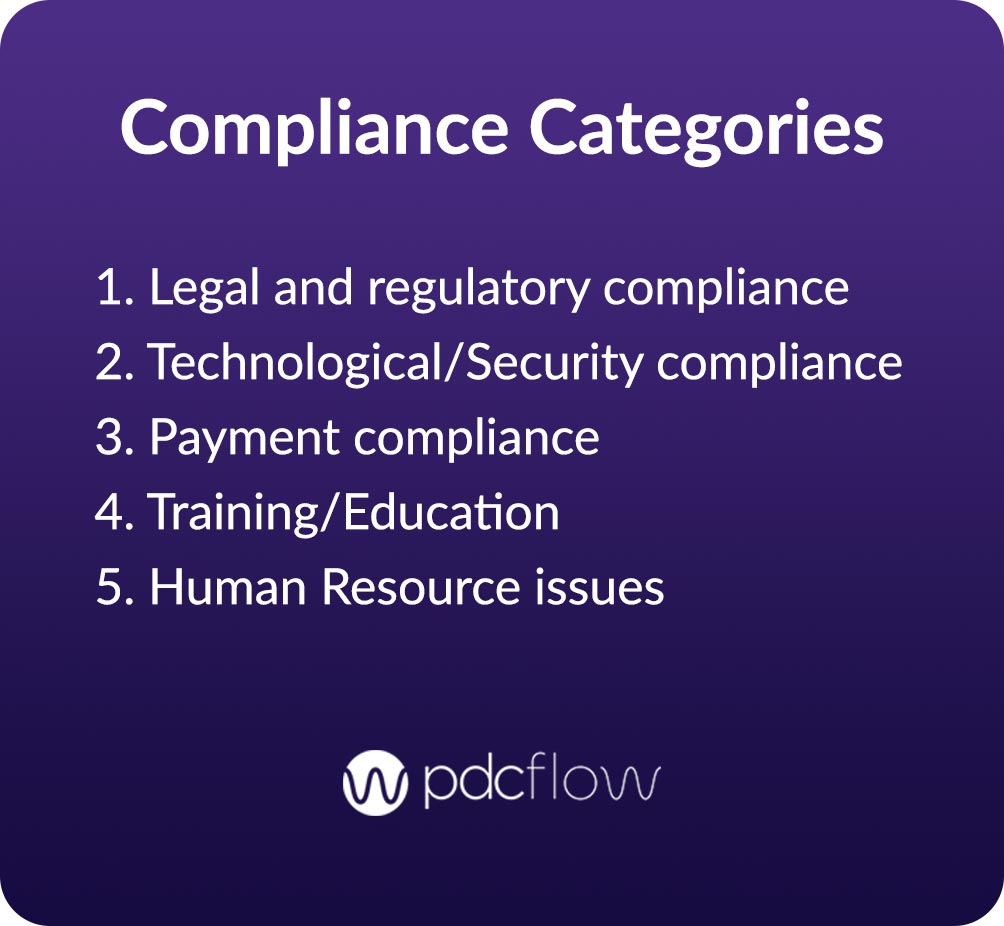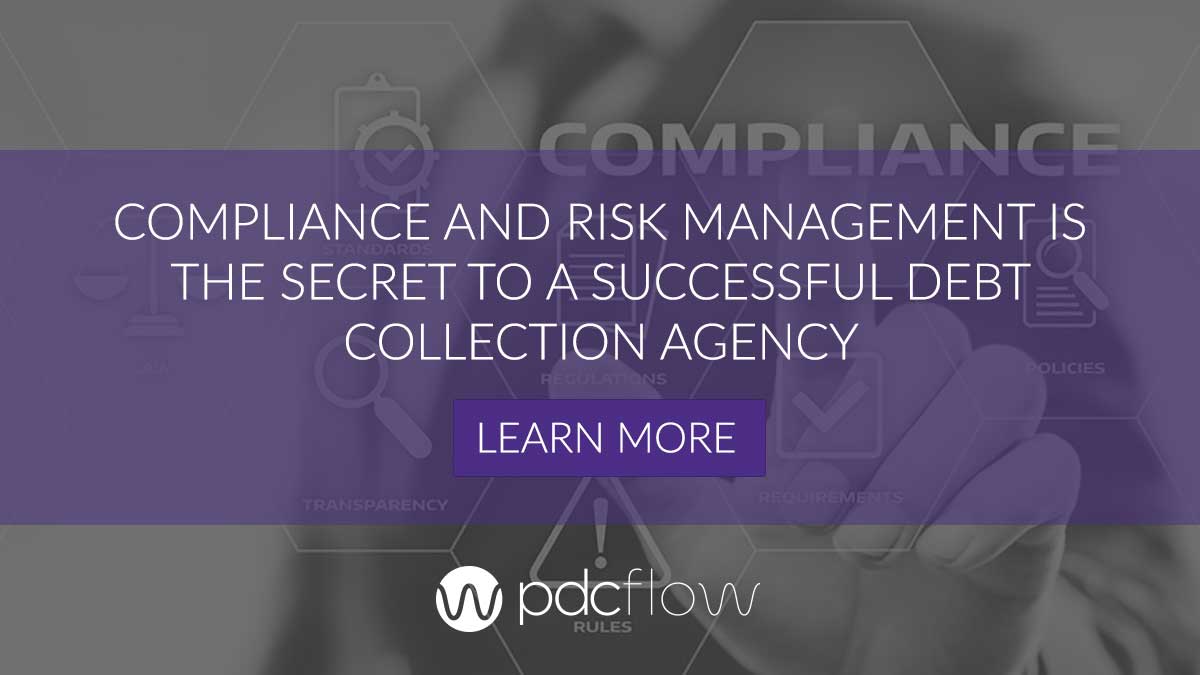This article was written with help from Tim Collins, leading attorney in the ARM space.
Nearly half of ACA member organizations are small-scale collection agencies. These offices run with small crews and service fewer accounts but must still focus on compliance management.
How do small and mid-sized agencies do this without the resources of a large organization? It’s all about deciding what categories are relevant to your business’ compliance program, creating and maintaining detailed resources, and seeking outside help when needed.
Structuring Your Agency for a Robust Compliance Program
Many small agencies might not have the ability to afford a designated compliance management officer. Even if this is the case, there should be one or more staff members who are responsible for the compliance framework within your business.
Your compliance management program should take into consideration your risk to the market, impact on consumers and whether you qualify for a CFPB examination.
Who's In Charge?
When your agency shares the load between more than one employee, clear expectations and communication are necessary. To decide who is in charge within your agency, first list what elements of a compliance program are essential to your business. Usually, the main areas of concern for debt collection agencies involve the following categories:
- Legal and regulatory compliance
- Technological/security compliance
- Payment compliance
- Training/education
- Human Resource issues
Each category can be broken down into specific compliance program requirements to which you must comply (FDCPA, TCPA, Regulation E, PCI, etc). It is the manager or owner’s job to decide which of these items apply to your agency, and what must be done to accomplish compliance.
Once you have your list of individualized requirements, decide who within your office is capable and the best fit to take on each aspect of an effective compliance program.
Compliance Management Resource Overview
Training Plans
To properly train employees, you need to create schedules and materials to standardize your education program. You want every new collector stepping out onto the floor with the same information. This is especially true when it comes to matters like spotting call baiting or dealing with stalls and objections – all of which are topics that pose barriers to collection (and even risk of litigation).
Your training plan should also include a tracking schedule. Notate which employees need training and the dates on which they are trained. Not only will this make sure no staff members fall through the cracks but it will help you prove compliance in the event of a future audit.
Policy and Procedure Manuals
Policies and procedures are essential to compliant businesses of all types. In order for all employees to follow the rules of the company, they must be written down and easily accessible to your workforce.
Remember, this isn’t a document that can be created and forgotten. Changing regulations, evolving technology, and unanticipated circumstances on the call floor can impact your agency’s rules. There should be one or more individuals within the company responsible for monitoring the current rules, conducting a root cause analysis after any issues arise, and updating procedures whenever necessary.
Trade Association Offerings
To ensure the ACA International’s members are achieving success, they provide resources such as ACA Searchpoint, a searchable database of their available compliance documents. They also offer guides and events to provide agencies with practical information.
Also consider getting in touch with regional collector association chapters, or other industry groups such as RMAi and NCBA for articles, webinars, and more.
Outside Help Building Your Compliance Program
For small agencies, it’s not always feasible to keep a full staff that can meet all of your needs for compliance advice. Keep your agency running with incidents at a minimum by supplementing your internal processes with outside help.
- Outside counsel review - There are many attorneys that are well-versed in the needs of the collection industry. An attorney can review collection letters, disclosures, your dispute process, and more. Getting an outside perspective can help you fix items you might otherwise miss.
- Mentors - Finding a mentor can also be a huge help to your agency. Linking up with someone who has been through the same situations as you can offer invaluable advice on how to maintain compliance on a budget. There are also mentorship courses, like the Bayview Coaching & Mentorship program that offer a structured approach to mentorship.
- Benchmarking and working groups - Find a group of similar sized or vertical-focused organizations and start a benchmarking group of your own. Or, assemble a working group with your staff to audit internal processes, customer workflows, etc. You can also look at outside organizations that may be of help.
- Trade shows - Trade shows are an all-in-one experience where you can attend educational classes that often address the elements of an effective compliance program and other common or timely topics. You can also network with colleagues and meet with experts in the industry that can offer help with your risk management. These are also good places to find people for benchmarking groups.
- Vendor Partners - Through technology, you can now automate many compliance tasks. Find software vendors that have experience in the industry and understand your needs. They should offer products that both keep you compliant with regulations and simplify your office processes, freeing up small workforces to accomplish more. If the vendors you use have robust compliance programs, that’s one less area to have to focus your limited resources.
If you are starting from scratch creating a compliance management system (CMS) or are reviewing your current one, download our CMS guide. Understand what your system should contain and view sample procedures and work instructions:



![[Webinar] Your Compliance Management Plan](https://www.pdcflow.com/wp-content/uploads/2022/06/Webinar_Compliance-Management-Plan_Watch-Recording_1200x800.jpg)



